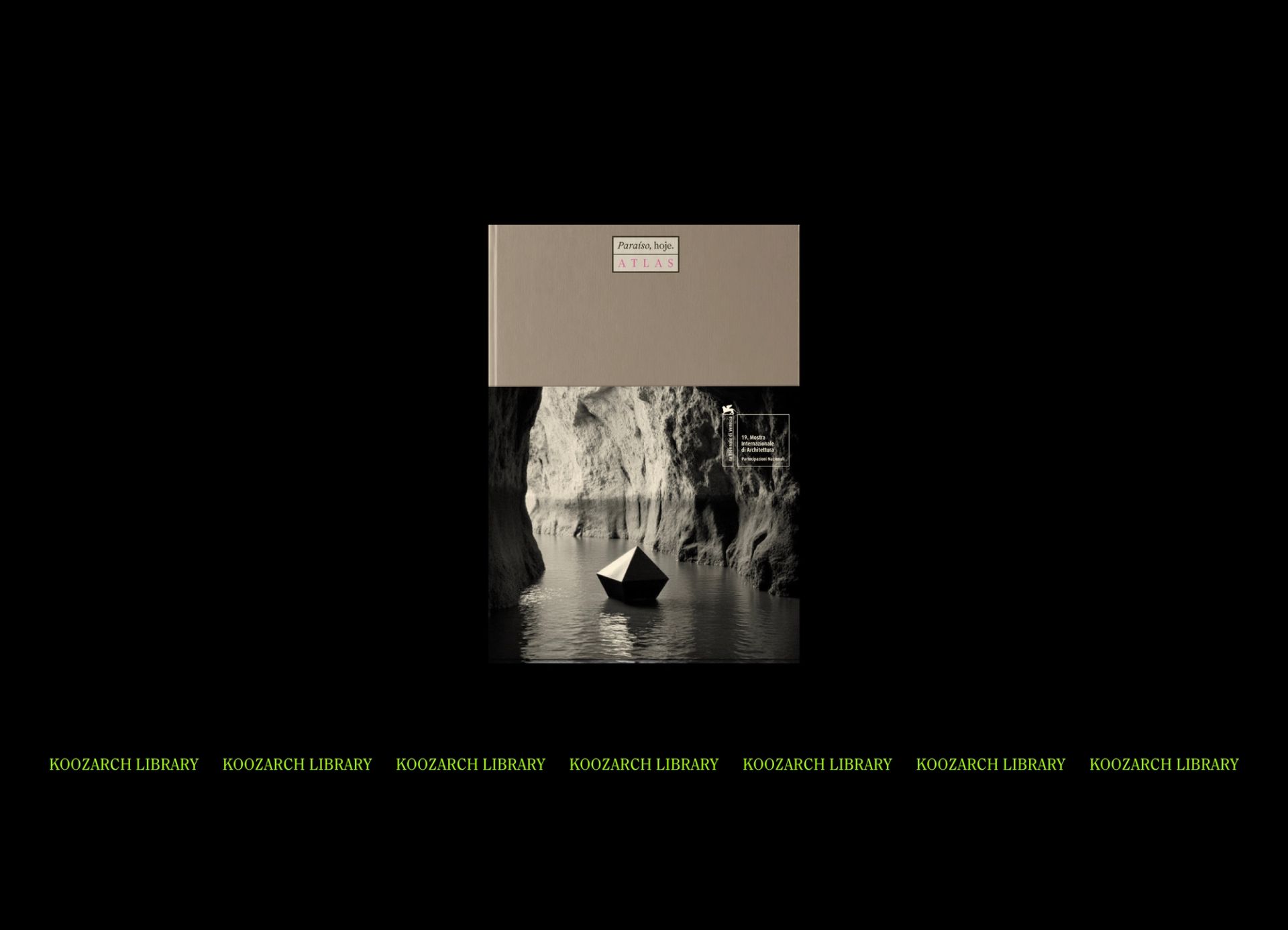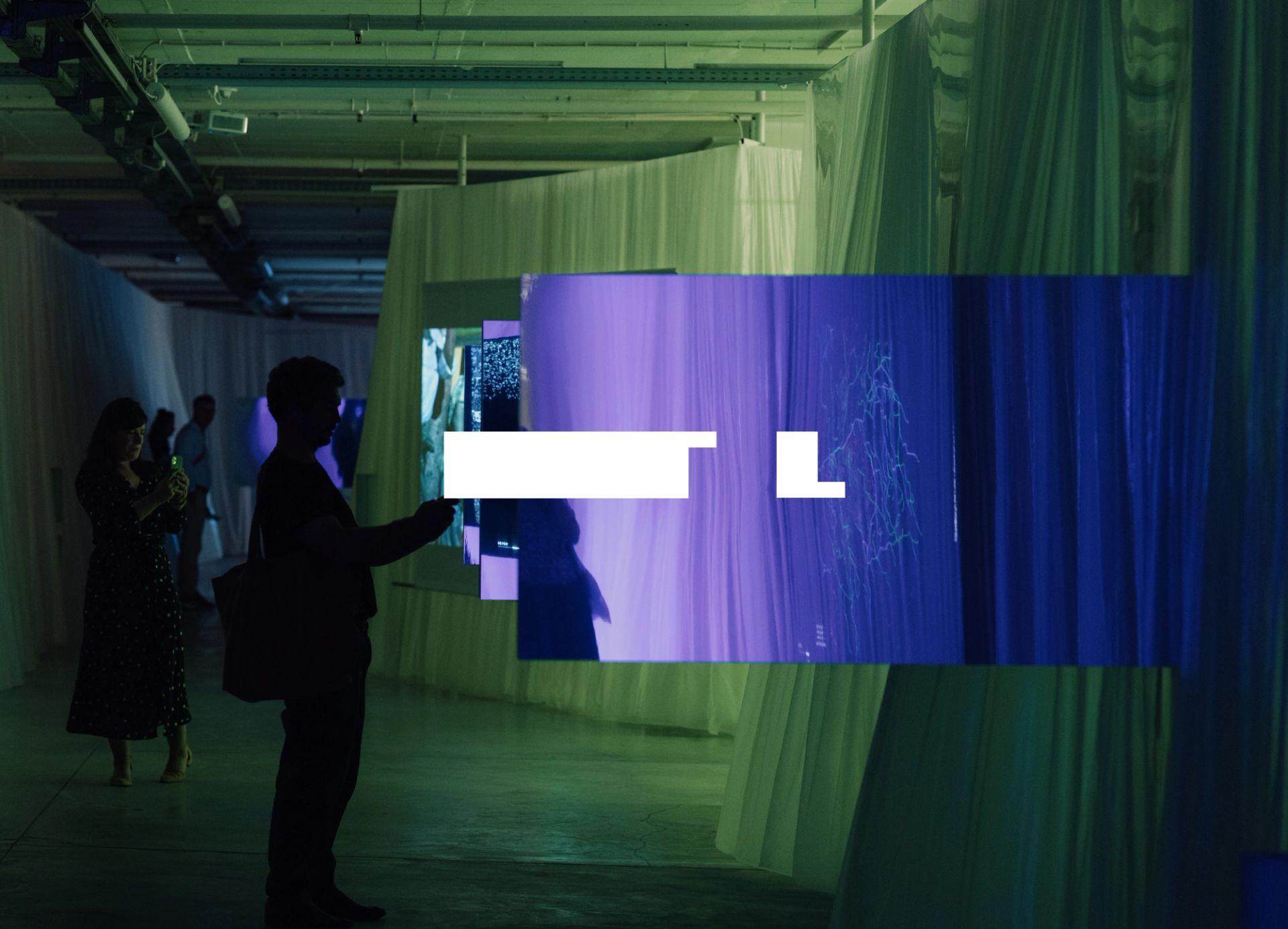The placement of works in a gallery — the way they are displayed and ordered, and their visual juxtaposition — can create different alchemies of meanings and new dialectic relationships for the visitor. Sometimes, these relationships can become conflictual. In Emerging Ecologies: Architecture and the Rise of the Environmental Movement — the inaugural exhibition created by the Emilio Ambasz Institute for the Joint Study of the Built and Natural Environment — at the MoMA, R. Buckminster Fuller’s World Game goes head-to-head with the documentation of the Yavapai Nation’s protest of the Orme Dam, expressing two modes to participate in societal and environmental decision-making.
This essay is part of Issue #2 “Fair Play”, a series curated by KoozArch.
When it comes to producing a gallery show, fair play can often be achieved via the simple act of juxtaposition. Through visual adjacency, two projects that stem from completely different authors, with completely different power positions, are suddenly made to be equal participants in a shared conversation. To wit: If a viewer were to look down the west-to-east axis of our recently installed exhibition Emerging Ecologies: Architecture and the Rise of the Environmental Movement, she would discover that she can simultaneously view a projection of maps from the American architect R. Buckminster Fuller — a mainstay of architecture exhibitions — and a wall featuring documentation of the Fort McDowell Yavapai Nation’s successful protest of the Orme Dam, an act of non-building that is not usually thought of as a work of design at all. Taking the projects in at a single glance, however, it becomes clear that the two works are in dialogue over one of the most consequential design prompts out there: namely, how to distribute the world’s resources.
Through visual adjacency, two projects that stem from completely different authors, with completely different power positions, are suddenly made to be equal participants in a shared conversation.
Providing one answer is Fuller, a major architectural figure operating with all the confidence of the United States government behind him. The maps on display come from his World Game project, first launched when, in 1964, the US Information Agency asked him to design the country’s pavilion for the upcoming Expo ‘67 in Montreal. He imagined that a football field-sized version of his Dymaxion map would be outfitted with thousands of miniature electric lightbulbs that, in turn, would be connected to an “extraordinary computer facility” holding global resource data. Via smaller computer terminals on a surrounding catwalk, visitors could display different global resource allocation schemes on the wired map, which would be checked against the computer’s superior intelligence until the optimal distribution was found — a process that, in Fuller’s mind, would allow the world to overcome the scarcities that lead to war. Although his proposal was ultimately not executed — and political conflict thus never jettisoned — Fuller never lost faith in his technocratic vision. He would work on the World Game until his death, forever believing that if only we put the entire globe “on the same economic accounting system,” we could “make the world work for 100% of humanity ... without ecological offense or the disadvantage of anyone.”

Installation view of the exhibition “Emerging Ecologies: Architecture and the Rise of Environmentalism,” September 17, 2023 - January 20, 2024. The Museum of Modern Art, New York. Photo: Jonathan Dorado. Digital Image © 2023 The Museum of Modern Art, New York.
If Fuller was collaborating with a major US agency, the Yavapai were working in opposition to another. The Orme Dam project was spearheaded by the US Bureau of Reclamation, a government department which, with a Fuller-esque confidence in technology’s power to redirect the world’s resources, was created in order to undertake large water infrastructure projects in the American West — thereby “reclaiming” these supposedly barren lands for human use. In the case of Orme, these reclaimed resources were to be used by the city of Phoenix: the dam would have provided flood control and hydroelectric power for what was, at the time, one of the fastest-growing metropolitan regions in the country. That the dam would have also flooded well over half of the Yavapai’s land was, to the Bureau, not a problem: they simply offered them a nearby territory of comparable size and some financial recompense for their troubles. The Yavapai, however, refused to accede to the deal and instead launched a multi-year protest movement that culminated in a 1981 march on the capital, which explicitly evoked the Trail of Tears. Evidently, years of territorial dispossession can make one doubtful of the “economic accounting system” proposed by the US Government.
It is a reminder to those architects purporting to provide universal solutions to the world’s problems that there are others out there who would like to bring some conflict back into the conversation.
Of course, juxtaposing two works in one architecture exhibition does not level the playing field for all those actors grappling with pressing political questions like resource distribution. But it is a reminder to those architects purporting to provide universal solutions to the world’s problems that there are others out there who would like to bring some conflict back into the conversation.
Bio
The Emilio Ambasz Institute for the Joint Study of the Built and the Natural Environment is a platform founded in 2020 by the The Museum of Modern Art (MoMA) for fostering dialogue, promoting conversation, and facilitating research about the relationship between the built and natural environment, with the aim of making the interaction between architecture and ecology visible and accessible to the wider public while highlighting the urgent need for an ecological recalibration. The establishment of the Institute was inspired by Emilio Ambasz’s visionary role in the emergence of architecture’s ecological consciousness.





